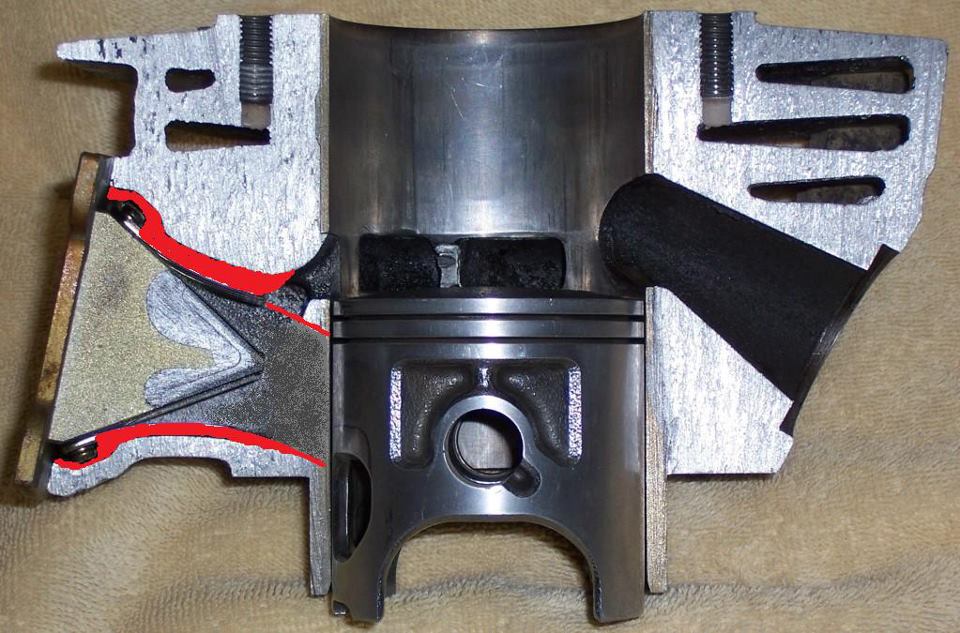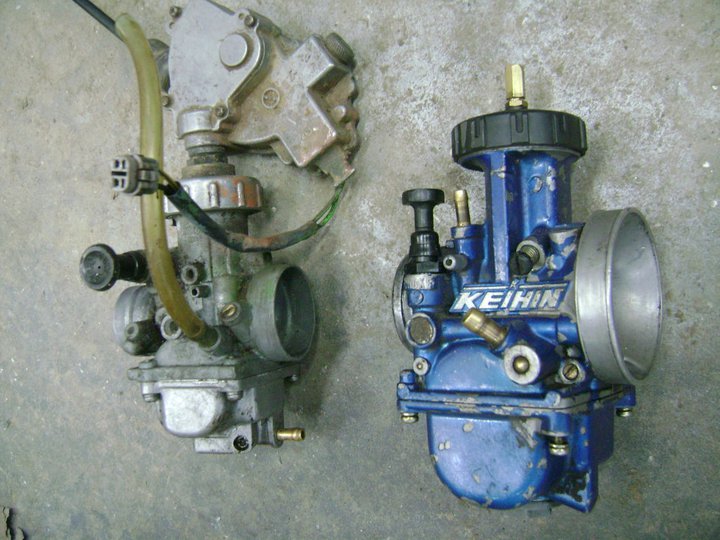So my buddy had to buy a new carb for a blaster he just bought, while he was looking around on ebay he found a 34 and bought it. the thing im worried about is that the quad he bought isnt ported, no bbk, and not even a redone head. The only things it has on it is an fmf and filter and some weird aluminum boyesen reed block thing. I am thinking that this thing is going to be worse then a stock carb and especially bad on the low to mid, this is where most of our riding is done too. Will it be to much for a semi stock blaster.
Thanks,
Jakob
Thanks,
Jakob


